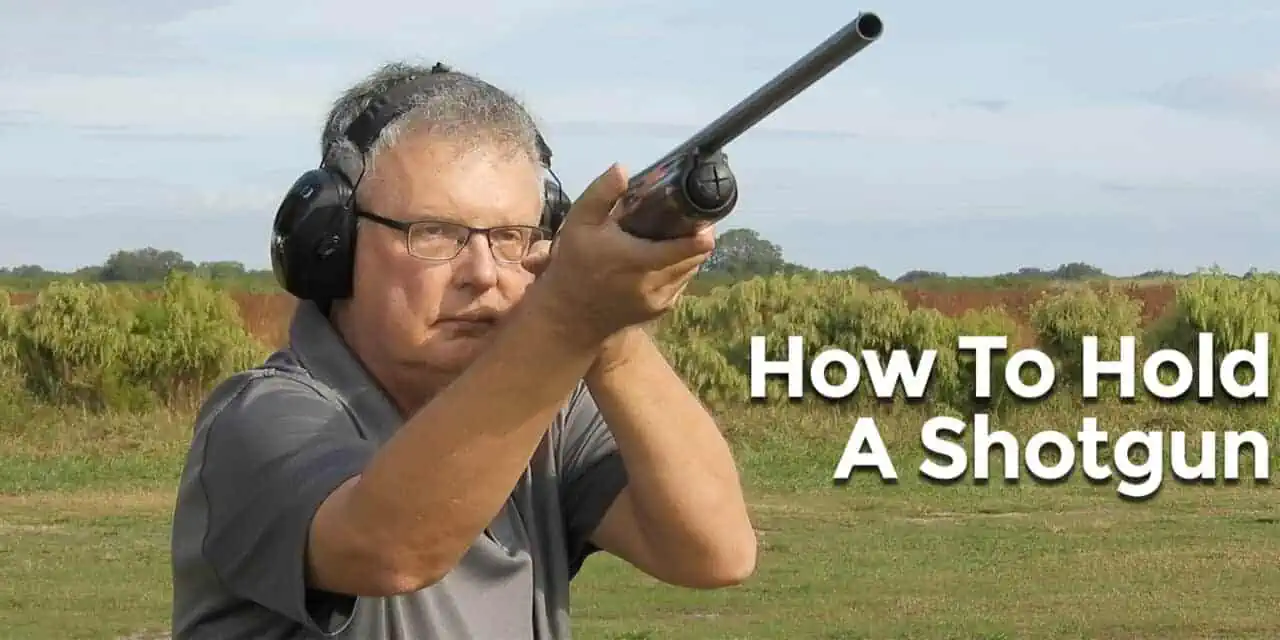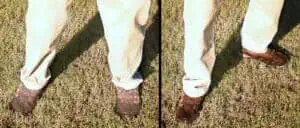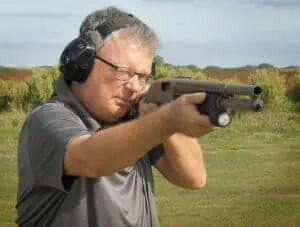There’s More Than One Way To Hold A Shotgun
Shotguns are one of the most powerful and versatile kinds of firearms on the market today. Their ability to fire a range of shotshells such as birdshot and buckshot are one of their greatest strengths, but it also leads to some misconceptions about what a shotgun can and can’t do. Because the pellets inside a shotshell spread out when fired, you don’t really need to learn any special techniques about how to hold a shotgun or how to use it. They’re literally just point and shoot, right?
Wrong.
You’ll need shotgun training and practice to use it effectively. This is true no matter how you use your shotgun. However, what you want to do with your shotgun will determine what kind of training you receive and what practice you do. The needs of someone who is using a shotgun for home defense are going to be very different from someone using a shotgun to hunt game or compete in one of the clay target sports.
With that in mind, we’re going to talk to two different shotgun trainers about the best way to hold a shotgun for your specific needs. The first is Ned Small of Shotguntec.com, who specializes in teaching people how to shoot sporting clays and other clay target sports.
How To Hold A Shotgun For Clay Shooting
“Where you want to break the target will affect how you hold the shotgun,” Small said. “Everything begins from the ground up when shooting trap or skeet or just about any of the clay sports. Point your non-dominant foot towards where you imagine yourself breaking the clay. Your dominant foot (the foot that’s on the same side as where you hold your shotgun) should be at a 45 degree angle. The gun should hang in your hands naturally and be pointing in the same direction as your chosen break point.”
“The whole point of this is to create a smooth swing of the shotgun towards the break point without any tension,” Small continued. “Bend both knees slightly, shift your weight a bit forward and stick out your rear end an inch or two. You want to feel loose, like you’re getting ready for action.”
“Your grip on the shotgun should be firm, but not tightly clenched,” Small also said. “I tell my students to imagine they’re holding a kitten, that’s about how it should feel. The shoulder with the shotgun should be higher than the other shoulder, and the gun goes naturally into a pocket on your shoulder, level with your eye and consistent with your natural point of aim. Your cheek should rest lightly on the stock, and your eye should be able to look down the rib on the top of your barrel in a smooth, comfortable manner. The whole point of all of this is to get you to the point where you can fire your gun with the least amount of tension in your body.”
How To Hold A Tactical Shotgun
Tom Givens, on the other hand, is one of America’s foremost defensive firearms trainers, and the fighting shotgun is his prefered defensive long gun.
“When it comes to defending your loved ones with a shotgun,” Givens said, “Practically everything about hunting or sporting shotguns is set up is wrong. Most of the pump-action and semi-automatic hunting guns were designed in the early 20th century to shoot ducks or bust clay pigeons. Those are fun things to do, but they are very different from using a tactical shotgun to defend what’s important to you.”
“For example, the length of pull (LOP) of a typical American shotgun is thirteen and seven-eighths inches,” Givens continued. “European shotguns are even longer, with a fourteen and three-quarters inch LOP. This works well if you’re using a bladed stance that is commonly seen in the clay sports or while out in the field on the hunt. For tactical purposes, though, we want a shorter LOP because we want to square ourselves up to our target.”
Square Deal
“This squaring to the target is due to a number of reasons,” Givens went on to say. “The first is we’re not shooting at targets that are soaring through the sky. Instead, we’re shooting at people attacking us on the ground, and the fast swinging motion used with a hunting gun isn’t used in a defensive encounter. Instead, we want to soak up recoil and get ready for a follow up shot if it’s needed.”
“The second reason is because we want commonality of training with other defensive firearms,” Givens said. “Ideally, how you set yourself up to shoot a defensive shotgun should look a lot like how you set yourself to defend a life with a rifle. Your body should know what to do without much adjustment in stance. You should be able to hold your shotgun in the pocket of your shoulder and have both shoulders perpendicular to the target. Your feet should be a shoulder’s width apart. You should be leaning slightly forward. This gives you the most amount of body mass possible to absorb recoil. That’ll help you get the shotgun back on-target as quickly as possible.”
Two Different Purposes, Two Different Stances
It should be clear by now that a shotgun is not just a shotgun. The right way to hold a shotgun to hit a clay pigeon is almost completely different from the right way to hold a shotgun in a defensive situation. A shotgun, just like any other firearm, doesn’t confer any special skill to the person who holds it. Your ability to make the shot when it counts is what matters most. Get to the range, get some practice. You’ll begin to gain the skill and confidence you need to use your shotgun to its fullest potential.




